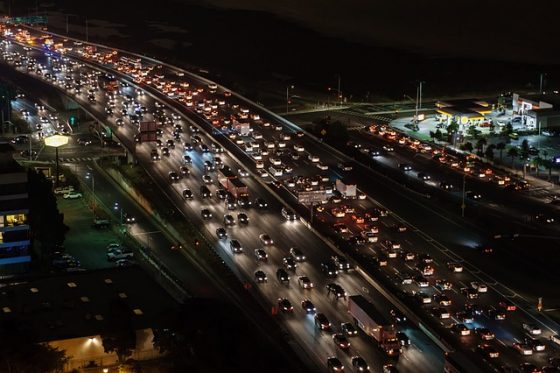Theme :-
- Delhi, a metropolitan city having over 11 million population is known for its rich culture and vibrant heritage. Be it in terms of pollution or the endless traffic jams, the capital of India ranks the fifth as one of top 10 most congested cities.
- The running chief minister of Delhi – Arvind Kejriwal came up with a solution for controlling the rising Delhi traffic. Under this plan, all the vehicles with odd and even numbers will be permitted to run on alternate days. AAP government had a vision with the motive of restricting the number of cars running on the roads can lead to controlling the traffic rate and of pollution levels in the city.
- This plan was enforced on January 1 and again for the second time on August 15 in the year 2016. The odd-even rule was first seen to be implemented in Beijing during 2008 in Olympics. Now countries like Paris and Mexico are also following this method.
Pros:-
- With such a large population in Delhi, this would reduce the number of car on the roads to almost half and make it even more convenient for people to reach on time to their workplace.
- Delhi is one of the most polluted city majorly the rate of air pollution is extremely disappointing. With such a new idea, the amount of CFC released in the air due to such enormous number of cars, we can contribute towards healing the deteriorating health of this planet.
- In accordance with the increasing demand for public transport, the government is now introducing women-only buses which will ensure the safety of working women who have late working hours.
- With more people relying on government buses and cabs, this is a great advantage for the upliftment of the backward society in terms of employment and increase in daily wages. Autos who have less source of income can now earn much more.
Cons:-
- Enforcing Odd-Even rule in the entire country has always been a debatable topic. While some people are in support of this, many people are completely against it, because of their flexible work hours. With the restriction of being able to use their cars only on specific days makes them dependent on other sources.
- Instead of this rule, the government can encourage people to switch to metro trains by expanding metro lines and connecting local areas for the convenience of every person. Apart from traffic control, metro seems much cheaper than the average amount spent on fuel and maintenance.
- There is absolutely no long-term planning for this scheme with no definite statistics for the reduction of pollution in the capital city. This is the primary reason for many people, not taking it seriously.
Conclusion:-
With every new plan introduced for a city, it is always for the benefit of every citizen of that area. But every coin has two sides, such plans come with their own pros and cons. It is one challenging task to manage such a big cities crowd and traffic. But at the same time, something must be done with such heavy jams on roads with people stuck in traffic for hours. Hence we must encourage such initiatives but also be mindful of whether it would be beneficial for them or not. With little modification in Odd-Even plan, this can be made a huge success.
[polldaddy poll=”9864794″]
Afterwords:- What is your opinion on this topic? Express your thoughts in the comment section below.
Copyright @ Group Discussion Ideas.

